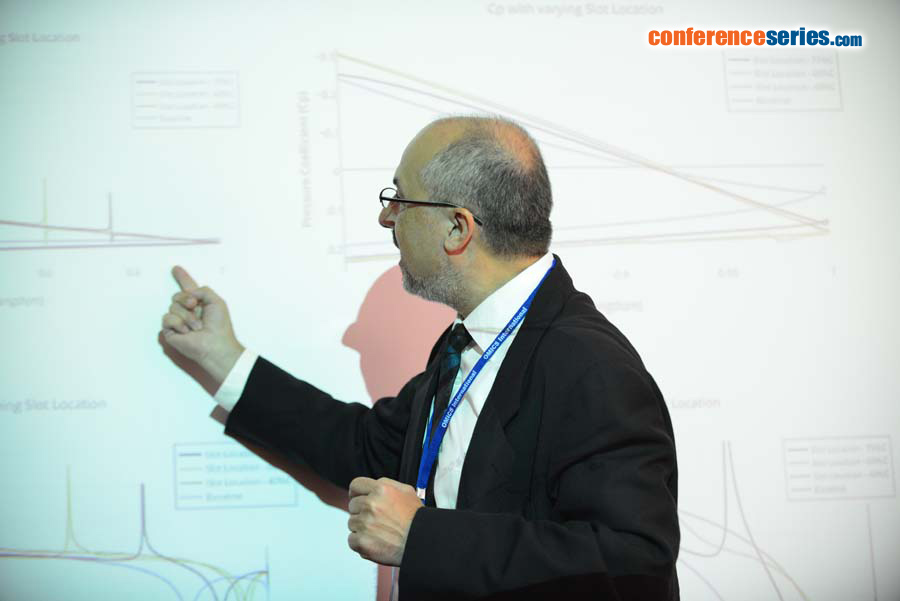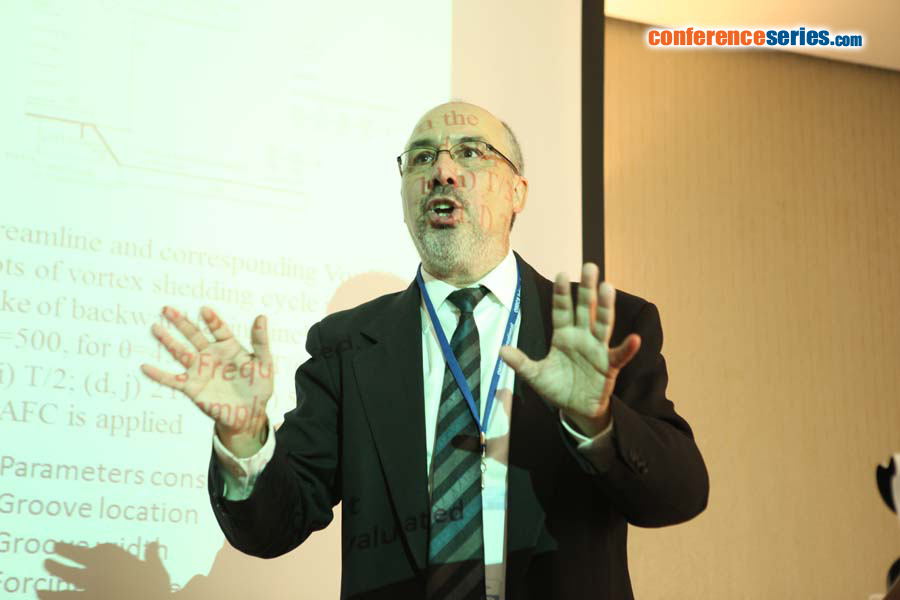
Josep M Bergada
Polytechnic University of Catalonia, Spain
Title: Active flow control applied on a NACA 2412 profile, possible devices to use and its expected performance efficiency
Biography
Biography: Josep M Bergada
Abstract
Flow control, whether passive or active, has a wide range of applications. Aircraft industry, for example, it is interested in using active flow control to modify lift and drag on aircraft wings. Car industry, is aiming to reduce vortex formation on the rear of cars/trucks to diminish drag and therefore reduce fuel consumption. Construction industry has traditionally used passive flow control to minimize or even suppress downstream undesirable vortices on bridges, buildings, pipes placed perpendicular to a flow, etc; the use of active flow control is also currently under study. Several methods have been so far tested to find out its efficiency, reliability and simplicity regarding the active flow control approach. The use of constant blowing, constant suction, periodic blowing and suction, involving devices like synthetic jets or fluidic actuators is nowadays being tested in many fields. Important parameters related to active flow control actuators are, the precise location of the actuation system, the fluid jet amplitude, the momentum coefficient and the jet frequency if pulsating flow is used. In the present paper, the effect of suction and blowing at different inclination angles, groove dimensions and location, as well as several velocity ratios have been evaluated via CFD on a NACA profile under turbulent conditions, Reynolds number 3*106, angle of attack 12o. The results obtained clarify which set of parameters is mend to be the optimum to maximize lift and minimize drag. Some of the results obtained are presented in the figures below.
Speaker Presentations
Speaker PPTs Click Here




